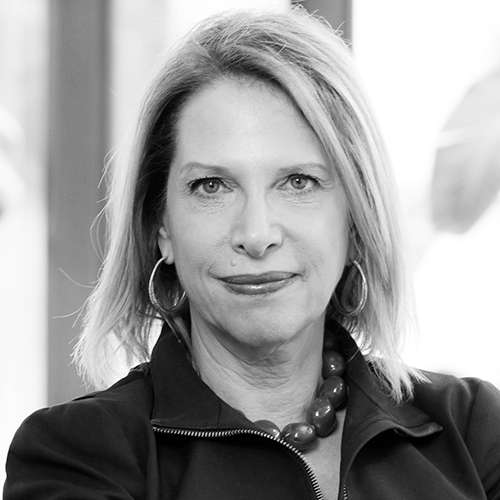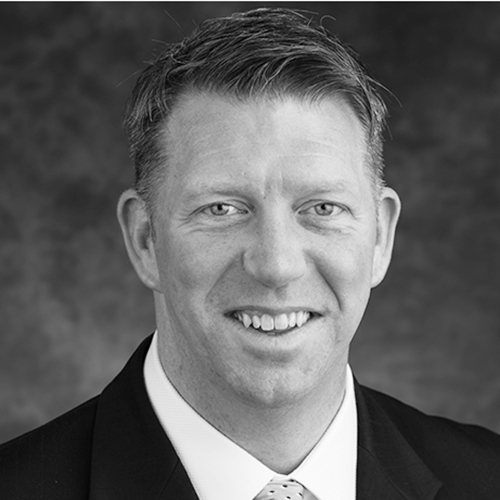Not all solar panels are made in environmentally responsible ways. But SunPower Corporation, a leading US manufacturer, has developed a process to win top honors for manufacturing and supply chain excellence.
Except for people who work in the sustainability professions or its advocates, perceptions of solar energy have typically been narrow. For much of the population, solar power is embodied in the visible solar panels seen on higher-priced homes and a few commercial buildings.
Those perceptions might be changing as an increasing number of utility-scale solar farms are being built in the United States and around the world, with each installation powering hundreds of thousands of homes. And although detractors have rightfully criticized some of the less-than-green manufacturing methods in creating solar cells, engineers have taken some companies to a cleaner, cradle-to-grave process that overcomes those criticisms.
The United States’ second-largest solar manufacturer, San Jose, California-based SunPower Corporation, provides ample evidence of how these perceptions should be—and are—changing.
Armed with more than six hundred patents related to solar technology, the organization played a large role in adding 9.5 gigawatts of utility-scale solar power in the United States in 2016. In 2015, SunPower supplied what it calls its Oasis Power Plant technology to two Los Angeles-area projects, Solar Star 1 and Solar Star 2, which are installed across 3,230 acres, use 1.7 million SunPower monocrystalline silicon photovoltaic panels, and provide enough energy to power 255,000 homes—the clean power equivalent to removing two million cars from the road over twenty years.
Of note, the SunPower setup includes panel-cleaning robots that use 90 percent less water than manual methods. This shouldn’t be surprising to anyone familiar with the manufacturing of the company’s equipment: resource-use reduction is part of an overall ethos at the company.
SunPower’s vice president of chain and chief procurement officer, Mike Kienitz, is known to champion green sourcing. According to a recent article in Supply Chain World magazine, the solar manufacturer spells out expectations to its vendors. “We’ve tried to focus on aligning with suppliers,” Kienitz told the publication. “Especially in terms of quality, technology, having the right locations, and the ability to scale with our business.”
That management of the supply chain not only makes for better performing products, but it also satisfies life cycle assessments now being made by watchdog agencies. A San Francisco-based nonprofit, the Silicon Valley Toxics Coalition (SVTC), publishes an annual “Solar Scorecard” that ranked SunPower number one globally in 2015 for its performance as a manufacturer.
The scorecard evaluates solar panel
manufacturing emissions; chemical toxicity; water use; recycling; workers’ rights, health, and safety; energy use in manufacturing; and conflict mineral nonuse, as well as how these factors occur in the supply chain. Only three companies—including SunPower—qualified as leaders with a total score of ninety or more on a hundred-point scale. A dozen companies were rated as average (50–89 points), seventeen solar manufacturers rated below average (15–49 points), and eight companies scored below fifteen.
Still, name brands such as SunPower face headwinds in the marketplace because of those low-ranking, discount manufacturers—largely based in China—that have cut corners—and prices—by tactics such as dumping waste into open landfills and wastewater into watersheds. European and American manufacturers have stricter regulations that disallow such practices.
Leading companies such as SunPower bear the burden of communicating these differences to end-users. The SVTC serves as a resource to consumers and institutional purchasers, while the LEED certification system also encourages use of responsible photovoltaic manufacturers. SunPower’s responsible manufacturing also achieved Cradle to Cradle Certified Silver standards in 2016, which assesses products across five categories: material health, material reutilization, renewable energy use, water stewardship, and social fairness.
Once past the manufacturing stage, the application of photovoltaics pays big dividends to those who have it. Whether it be through Power Purchase Agreements (PPAs, or investor-owned installations that provide benefits to owners of roofs on which they are installed) or outright ownership, lower-cost electricity is now available at parity with coal and other fossil fuel sources in many areas.
That works exceptionally well for big-box stores and warehouses, where ample roof space is available. But schools and nonprofits benefit as well, in ways that are intrinsic to their respective missions.
For example, the Sustainable Food Center of Austin, Texas, now has a fourteen-kilowatt solar power system that was donated by SunPower and its local dealer, Freedom Solar. The environmentally oriented food organization provides access to nutritious, affordable food and now has electrical costs lowered by 40 percent thanks to the thirty-six high-efficiency SunPower solar panels.
Other examples include school districts both in the United States and abroad. The Colton Joint Unified School District in southern California used a PPA to install SunPower Helix carport systems, which shade parked cars while collecting 6.1 megawatts that will provide 73 percent of the district’s electricity. It is expected to save the district $35 million over twenty-five years.
A variation on the carport is the “cow-port,” a solar installation that provides shade for up to two thousand dairy cows on a farm in Casa Grande, Arizona, while collecting lower-cost electricity to power farm operations. Also using a PPA, the dairy farm expects to save more than $500,000 in electricity charges over the next twenty years.
Partnering with nonprofits such as Twende Solar and Grid Alternatives, SunPower and its employees also engage in bringing solar energy to families and schools in need, particularly those in the developing world. These partnerships are committed to donating more than two megawatts of high-efficiency solar panels over three years.
Perhaps part of the reason solar has a perception challenge is that it goes unseen on so many roofs. Maybe more of us need to look up.














